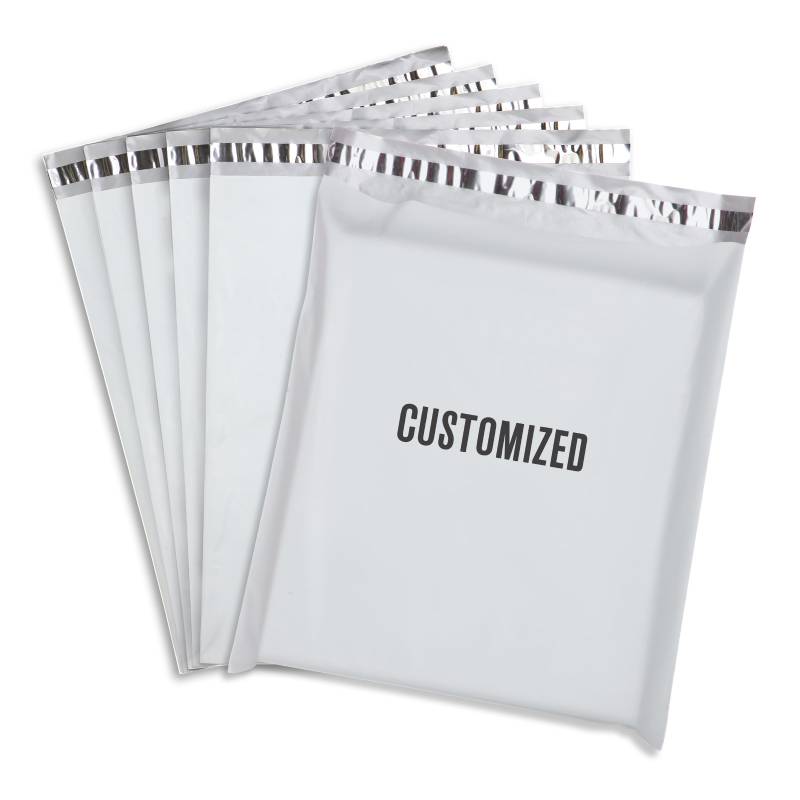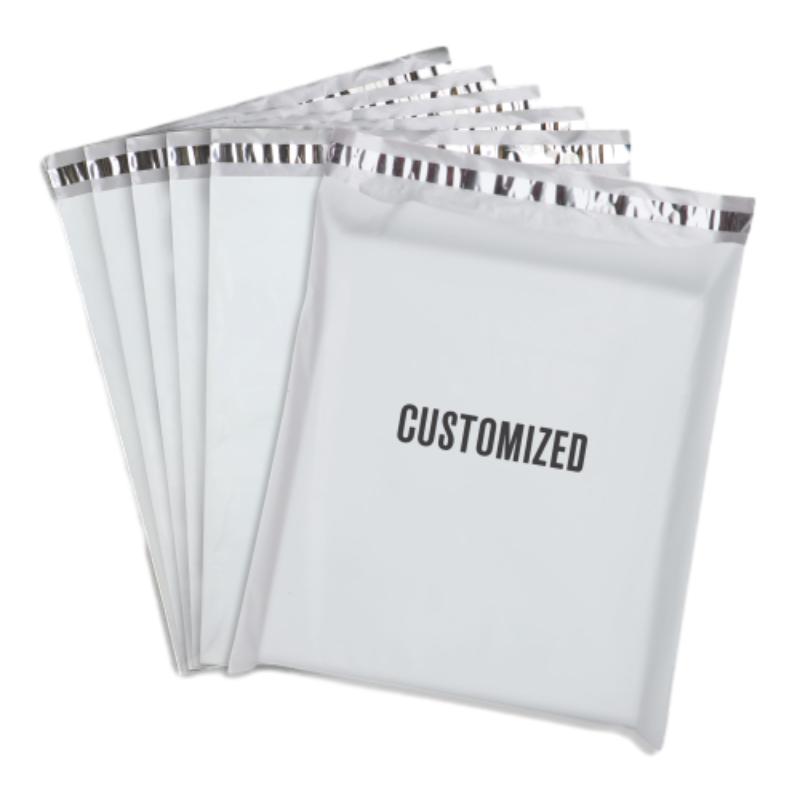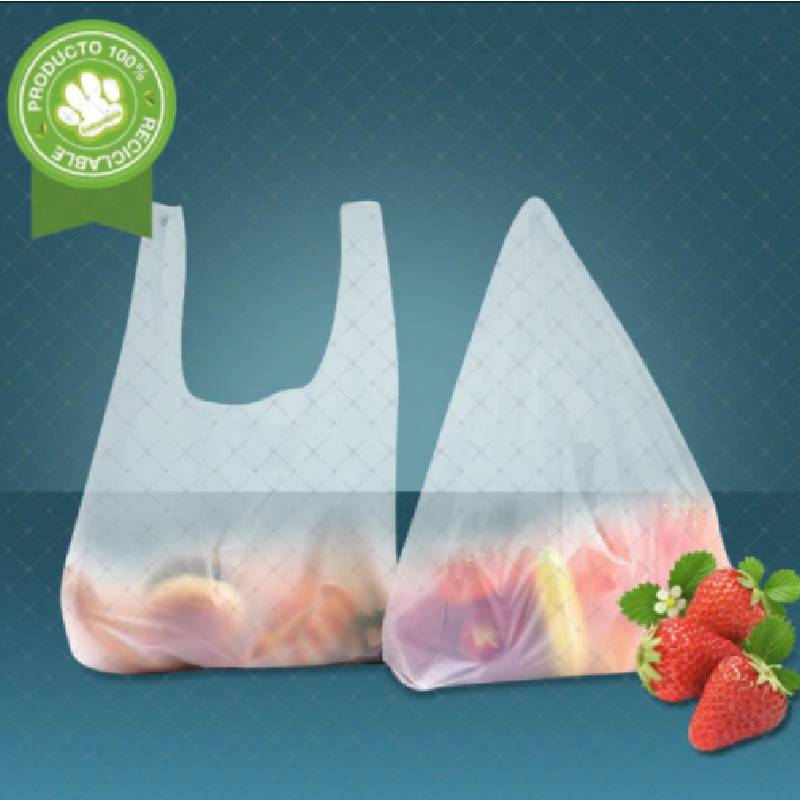Blown Stretch Wrap for Superior Load Stability Durable Blown Stretch Film & Wrap Solutions
- Introduction to blown stretch wrap
: material characteristics, manufacturing details, and position in the market. - Technical advantages of blown stretch film compared to cast films, focusing on mechanical properties, environmental resistance, and quality consistency.
- Statistical impact: market demand, usage data, and efficiency benefits drawn from industry studies, presented with comparative data.
- Comparative analysis between major manufacturers, highlighting product performance, pricing, service, and innovation using a structured data table.
- Custom solutions: tailoring blown wrap specifications for diverse operational requirements, including thickness, width, color, and branding.
- Application cases: real-world scenarios demonstrating increased product safety, supply chain efficiency, and reduced costs facilitated by blown stretch wrap solutions.
- Conclusion and future trends for blown stretch wrap in packaging, logistics, and sustainability developments.

(blown stretch wrap)
Understanding Blown Stretch Wrap: Material Characteristics and Manufacturing Insights
Blown stretch wrap has evolved into a cornerstone of the industrial packaging landscape thanks to its unique combination of strength, adaptability, and resistance characteristics. Manufactured through the blown film extrusion process, this packaging material is formed by forcing molten polyethylene resin through a circular die, producing a bubble that is cooled by air and then collapsed to generate a film with enhanced mechanical properties. Unlike its cast alternative, blown stretch film boasts a crisscross molecular structure, producing superior puncture and tear resistance—ideal for safeguarding irregular or heavy loads during transport.
The pronounced clarity variance between blown and cast films is notable. While cast films typically offer a higher level of transparency, blown wrap is recognized for its hazier appearance. However, end-users consistently favor the latter’s robustness, ability to maintain load integrity under dynamic stress, and excellent clinging capacities. The noise level during unwinding, somewhat louder than with cast films, is also balanced by its reliability in high-demand contexts. In summary, whether deployed on manual wrap dispensers or advanced automated stretch wrapping machines, blown stretch wrap outperforms competitors in demanding industrial environments.
Technical Advantages of Blown Stretch Film Versus Alternative Stretch Wraps
When evaluating industrial films for wrapping and securing products, blown stretch film stands out with several technical strengths. The multi-directional strength resulting from the unique cooling and stretching process imparts up to 30% greater puncture resistance than cast films of equivalent gauge. The result is a film that withstands rough handling and irregular or sharp-edged items, making it indispensable in sectors like building materials, food processing, and heavy machinery logistics.
Blown wrap also features enhanced load retention capabilities, maintaining tension and clinging support even after repeated movement or environmental fluctuations. Unlike some alternative wraps, blown stretch film resists significant performance degradation under low temperatures, making it ideal for freezer storage or cold-chain logistics. Additionally, blown films show superior UV resistance, ensuring the longevity and color stability of packages exposed to outdoor environments for extended periods. This resilience translates into reduced product damage rates and lower material wastage, directly benefiting cost control for end users.
Moreover, the slip characteristics of blown wrap can be fine-tuned during production, offering clients the precise level of cling they require—be it high for secure stacking or low for easy pallet separation. This adaptability, paired with consistent gauge control and uniform winding, positions blown stretch film as a versatile solution for manufacturers seeking multilayer protection without sacrificing efficiency or reliability.
Data-Driven Impact of Blown Wrap: Market Usage and Performance Insights
The global stretch film market surpassed $3.1 billion in 2023, with blown stretch wrap accounting for approximately 34% of industrial sales, according to Smithers market research. Industrial product handling surveys reveal that companies switching from cast to blown film have reported up to 15% decreases in load failures during transit and 12% lower spoilage rates in warehouse operations. Efficiency measures, including reduced film usage per pallet due to superior stretch ratios (typically 200–250% for blown films), have contributed to sustainable cost reductions and less environmental waste.
The following table compares common performance and market indicators between blown and cast stretch film:
| Parameter | Blown Stretch Wrap | Cast Stretch Wrap |
|---|---|---|
| Puncture Resistance | Excellent (up to 30% higher) | Good |
| Clarity | Moderate | High |
| Load Retention | Superior | Good |
| Stretch Ratio | 200-250% | 250-300% |
| Temperature Resistance | Excellent | Moderate |
| Unwind Noise | Higher | Low |
| Cost per Roll (avg.) | $18.7 | $16.4 |
| Application Versatility | High | Medium |
Blown Stretch Film Manufacturer Comparison: Performance, Pricing, and Service Analysis
Choosing the right manufacturer for blown stretch wrap directly impacts the value, reliability, and sustainability of your packaging operations. Major global suppliers include Berry Global, Sigma Plastics, and Inteplast Group. Each brings distinct innovations to the table, from three-layer co-extruded films to biodegradable solutions, and flexible custom options.
| Manufacturer | Product Range | Customization | Avg. Lead Time | Technical Support | Cost/1000m |
|---|---|---|---|---|---|
| Berry Global | 3-layer, UV, Tinted | High | 5-7 days | Comprehensive | $23 |
| Sigma Plastics | Standard, Reinforced, Eco | Medium | 7-10 days | Standard | $21 |
| Inteplast Group | Anti-static, Colored | Very High | 6-8 days | Premium | $24 |
| Paragon Films | High-performance, Food Grade | Medium | 4-6 days | Advanced | $22 |
Key differences extend to after-sales technical support, environmental initiatives, and order minimums. Some manufacturers, such as Inteplast Group, offer comprehensive anti-static and color-coded options, which are critical for electronics and regulatory-sensitive industries. Lead times and price points remain comparable, but value-added support can tilt long-term procurement decisions for high-volume users.
Customizing Blown Wrap Solutions: Specifications for Operational Excellence
Every supply chain and packaging application comes with its own set of requirements, making product customization vital. Blown stretch wrap can be engineered in gauges ranging from thin 12 microns to robust 35 microns, widths up to 80 inches, and core sizes suited for both hand and machine dispensers. Color customization supports inventory management and branding, with options for clear, black, blue, and other templated hues. Enhanced UV stabilizers are available for outdoor storage, while anti-static and food-safe pigments serve more sensitive cargo.
Pre-stretched formats, ventilated wrap for perishables, and perfed rolls grant logistics operators improved speed, safety, and speed efficiencies. Some vendors offer customized printing, allowing company logos or handling instructions to be integrated during the wrap extrusion—this not only promotes branding on every shipment but combats counterfeiting and logistics errors. For operations in extreme climates, formulations can be adjusted to retain mechanical integrity in sub-zero or tropical conditions, ensuring continuous supply chain security. Overall, the ability to specify every aspect of blown film—down to friction, optical clarity, and aroma neutrality—translates into tailor-made solutions for industries ranging from pharmaceuticals to automotive.
Application Case Studies: Real-World Results with Blown Stretch Wrap
Numerous sectors trust blown stretch films to secure their cargo from warehouse floor to retail shelf. A leading North American beverage distributor, handling over 5,000 pallets daily, transitioned to a reinforced blown wrap in 2022. As per their operational audit, this change yielded a 14% decrease in load breakages during interstate transit and 11% fewer onsite safety incidents connected to pallet instability. The company also achieved net material savings of 9.5% by utilizing thinner gauges without sacrificing packaging integrity.
In another example, a European electronics supplier implemented anti-static blown film to protect sensitive components during shipment across multiple climate zones. With this approach, ESD (electrostatic discharge) incidents fell by 33%, and claims for in-transit damage were nearly halved over a 9-month period. Meanwhile, a logistics company in Southeast Asia adopted custom UV-resistant blown wrap for outdoor storage, preserving product coloration and material strength during prolonged exposure to sunlight—a necessity for agricultural and chemical products repeatedly exposed to the elements.
Through these scenarios, it becomes clear that blown wrap doesn’t merely provide containment: it actively optimizes supply chain efficiency, enhances worker safety, and delivers direct, measurable cost savings. Tailoring wrap attributes to specific handling, climate, or security needs turns basic packaging into a strategic asset.
Blown Stretch Wrap: Conclusion and Future Packaging Innovations
As global supply chains become more complex and demand higher performance standards, blown stretch wrap continues to adapt and excel as the packaging medium of choice for challenging loads and exacting environments. Investments in polymer science and extrusion technology have consistently improved film strength, sustainability, and customization. Looking forward, industry trends point toward increased bio-based blown wrap options, advanced multilayer co-extrusions for optimized resource usage, and intelligent packaging solutions that blend traceability with physical protection.
Regulatory shifts and consumer preferences are also accelerating the adoption of recyclable and biodegradable films, propelling blown stretch film manufacturers to innovate with both materials and processes. With continuous developments on the horizon, blown stretch wrap is poised to help enterprises meet their operational, environmental, and branding goals in the ever-evolving logistics landscape.

(blown stretch wrap)
FAQS on blown stretch wrap
Q: What is blown stretch wrap?
A: Blown stretch wrap is a type of stretch film made using a blown extrusion process. This method creates a stronger, more puncture-resistant film. Blown stretch wrap is ideal for wrapping irregular or heavy pallet loads.Q: How does blown stretch film differ from cast stretch film?
A: Blown stretch film is tougher, noisier when unwound, and has higher puncture resistance than cast stretch film. Cast film, on the other hand, is clearer and quieter. Blown wrap is preferred for heavy-duty or high-stress wrapping needs.Q: What are the main advantages of blown wrap?
A: Blown wrap offers superior puncture resistance and excellent load-holding power. It works well in extreme temperatures. Additionally, its cling properties keep loads secure during transportation.Q: Can blown stretch wrap be used with wrapping machines?
A: Yes, blown stretch wrap is compatible with most manual, semi-automatic, and automatic wrapping machines. Check your machine’s specifications for optimal performance. It is also available in machine and hand rolls.Q: Where is blown stretch film commonly used?
A: Blown stretch film is widely used in industries like manufacturing, logistics, and agriculture. It’s especially favored for securing heavy or irregular loads during transit. Its durability makes it suitable for both indoor and outdoor applications.-
The Best Uses for Small Trash Bags in Daily LifeNewsJul.01,2025
-
Stylish Reusable Grocery Bags TrendsNewsJul.01,2025
-
Shipping Advantages of Using Bubble Envelopes BulkNewsJul.01,2025
-
How Compostable Mailing Bags Reduce Environmental ImpactNewsJul.01,2025
-
Environmentally - Friendly Bulk Poly MailersNewsJul.01,2025
-
Eco Friendly Custom Laminated Tote BagsNewsJul.01,2025
-
Have the freedom of customizing your custom mailers any way you want! Our dedicated packaging support will help deliver you the mailing experience you need to elevate your shipping experience to the next level! Start making a strong impression on your customers and stand out from your competitors! -
LIYA uses high quality raw materials which directly purchased from large enterprises domestic and overseas such as PetroChina, Sinopec, Sabic, Equate, ExxonMobil, Dow Chemical, Total, and Borouge, ensuring the price advantage and quality of the raw materials. -
LIYA uses high quality raw materials which directly purchased from large enterprises domestic and overseas such as PetroChina, Sinopec, Sabic, Equate, ExxonMobil, Dow Chemical, Total, and Borouge, ensuring the price advantage and quality of the raw materials.





